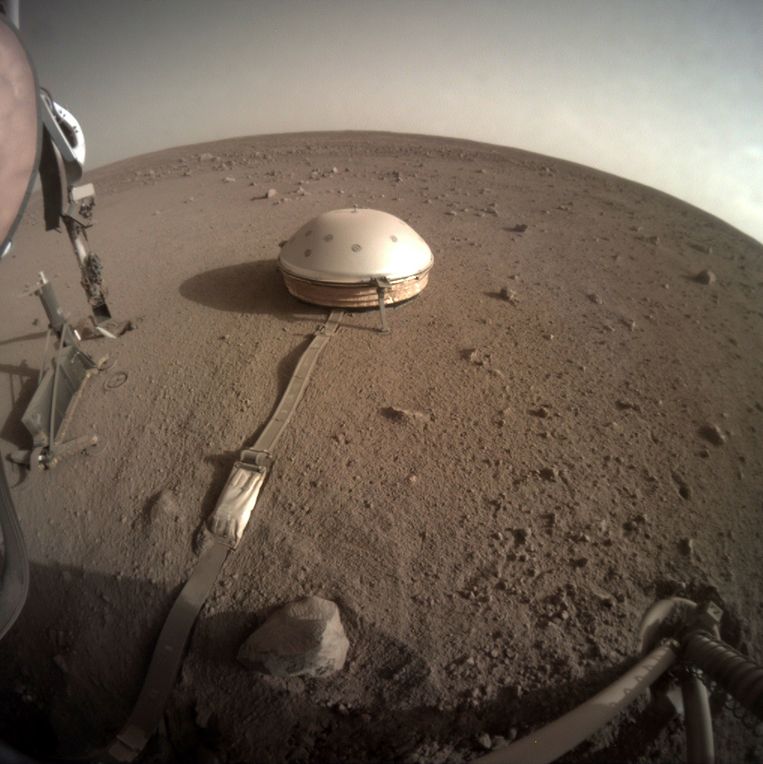
“My strength is really diminishing now.”
NASA engineers shared on Twitter a photo of a seismometer that InSight placed on Mars in late 2018: “My power is really low right now, so this may be the last photo I can send.” Start this year A big storm covered the solar panels Insight activation with a thick layer of dust, which has accumulated more and more in recent months. Even then he feared the beginning of the end. In its latest update on November 2, NASA said the end of Insight is “expected in a few weeks.”
However, there is no reason to be sad. At the beginning of 2021, it was already decided to extend the mission until December 2022, so that Insight is now in its ‘overtime’. In recent years, the mission has also revealed many new scientific insights, which will keep scientists busy for years to analyze.
My power is really low, so this might be the last picture I can send. Don’t worry about me though: my time here has been productive and uneventful. If I can keep talking to my mission team, I will – but I’m going to sign here soon. Thanks for staying with me. pic.twitter.com/wkYKww15kQ
– NASA InSight (@NASAInSight) December 19, 2022
Mars likely experienced significant volcanic activity in the past and an active magnetic field. Scientists believe this is no longer the case because the interior of the planet has cooled. Study of the Martian surface and Martian earthquakes should now help clarify the planet’s rich but largely unknown history.
For example, Insight’s seismograph has recorded 1,300 seismic events over the past four years, 50 of which were large enough to allow NASA to locate them. The worst earthquake which is registered, in May 2021, it will have a magnitude of 5 on the Richter scale, which is a very large number for the Red Planet. Unlike Earth, Mars does not have large tectonic plates that slide over each other and cause earthquakes.
Through measurements and drilling, scientists have also learned more about the geological layers that make up the planet. For example, it has now been established that the thickness of the Martian crust ranges from 24 to 72 kilometers, which is more than twice the thickness of the Earth’s crust. There is now more certainty about Mars’ core, which is most likely liquid.
I’m nearing the end here, due to dust gathering on solar panels, making it hard to generate power. People often ask: Don’t I have a way to get rid of dust myself (mop, blower, etc.)? It’s a fair question, and the short answer is: (🧵) pic.twitter.com/fbFjj4AXf3
– NASA InSight (@NASAInSight) November 10, 2022

“Travel enthusiast. Alcohol lover. Friendly entrepreneur. Coffeeaholic. Award-winning writer.”
